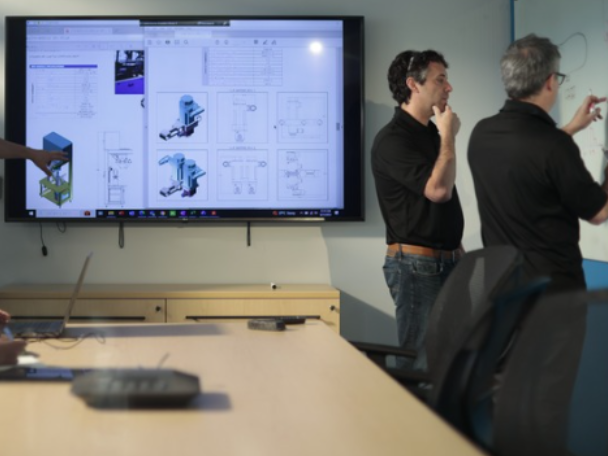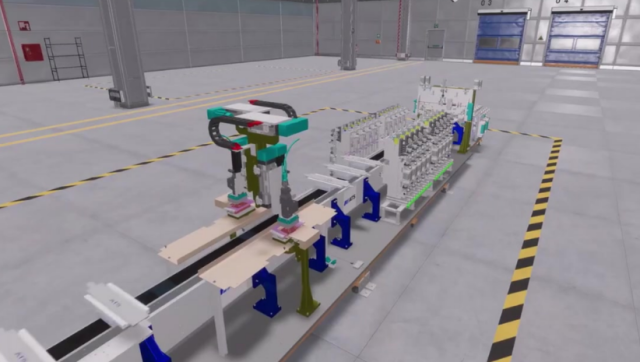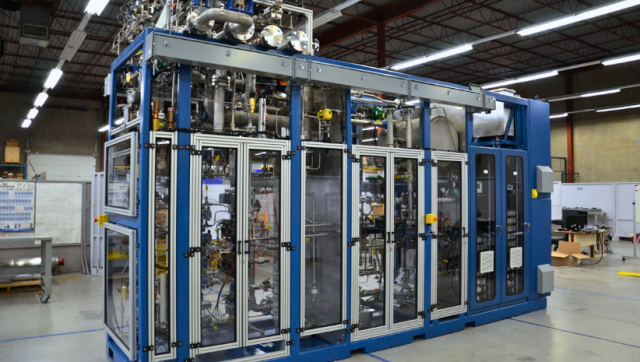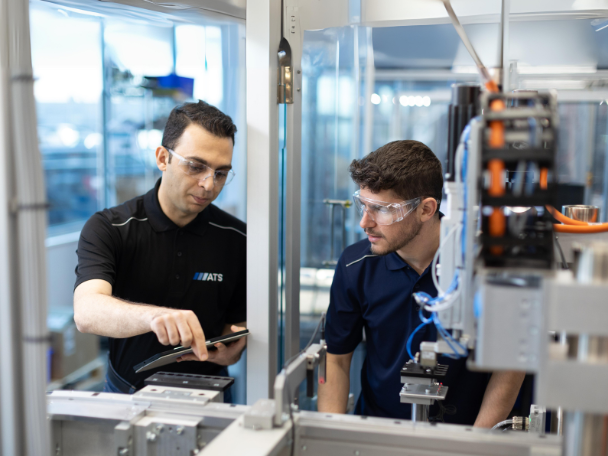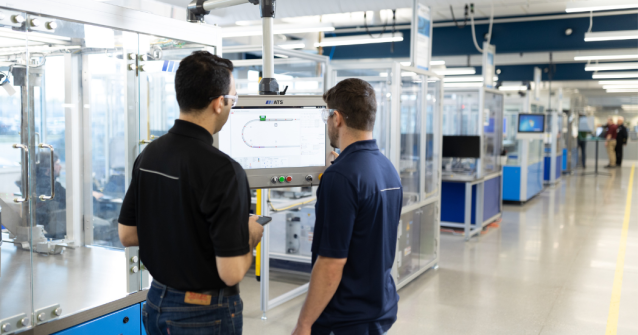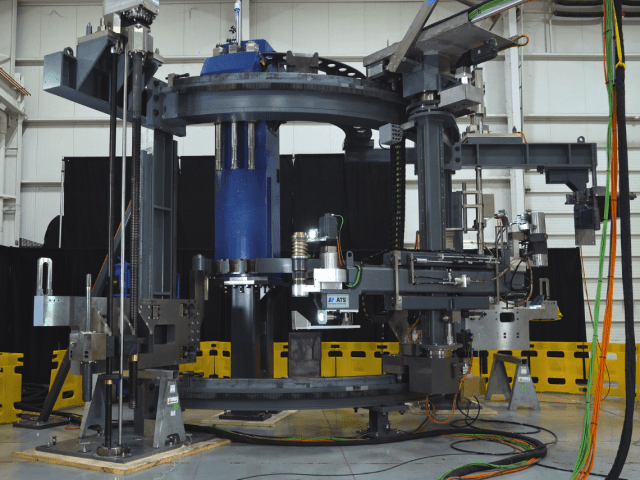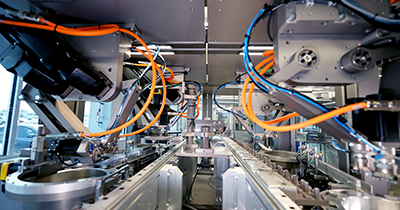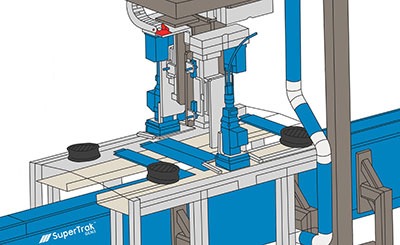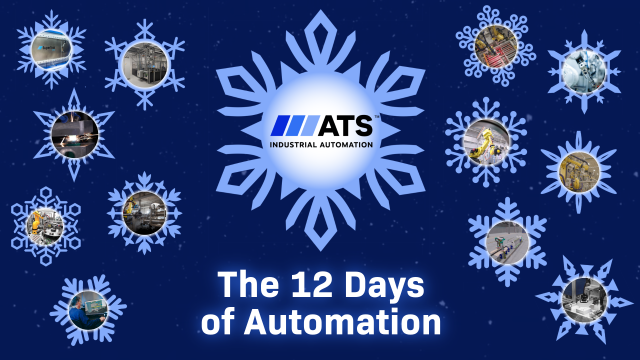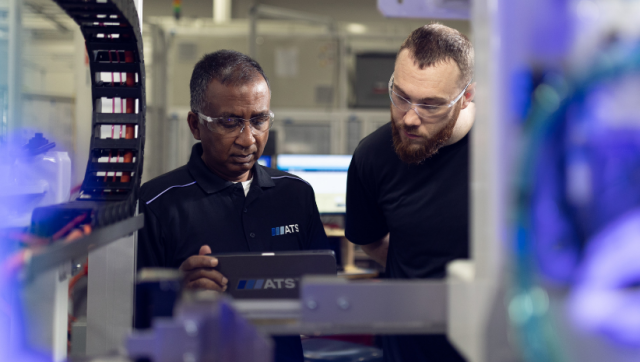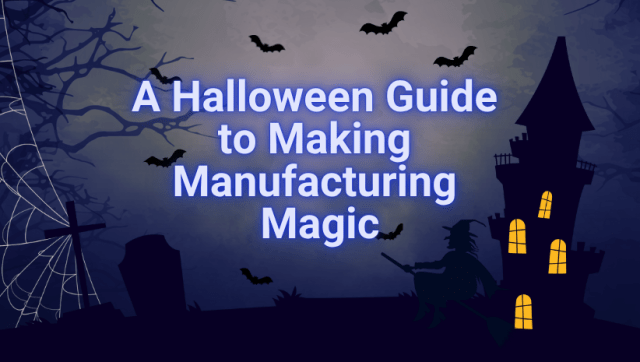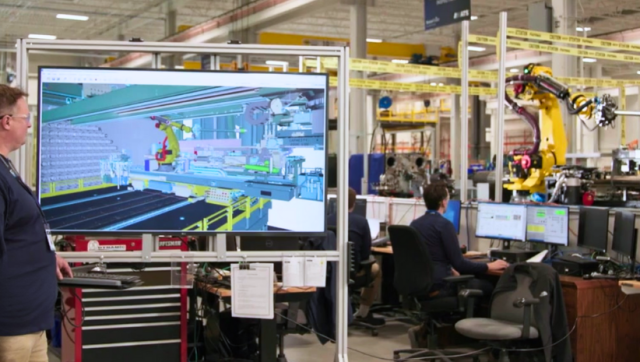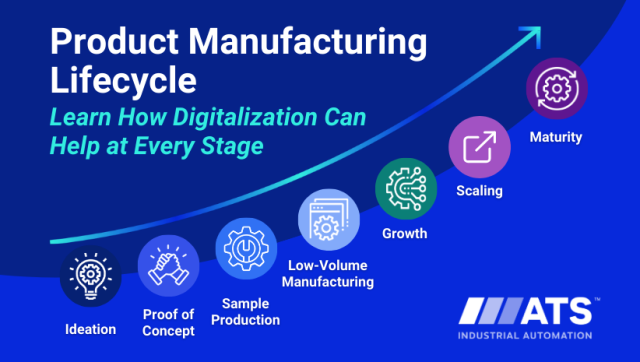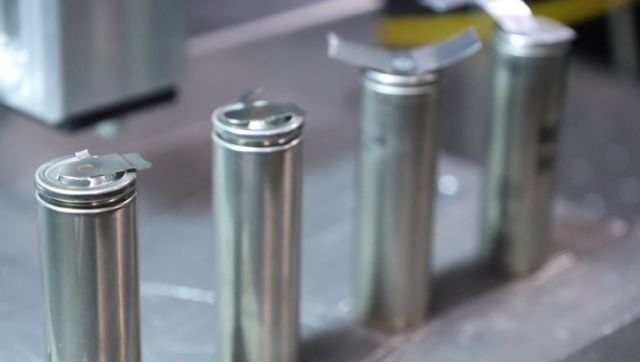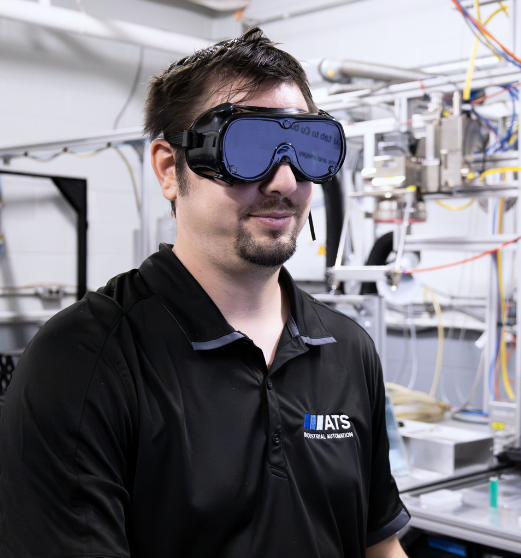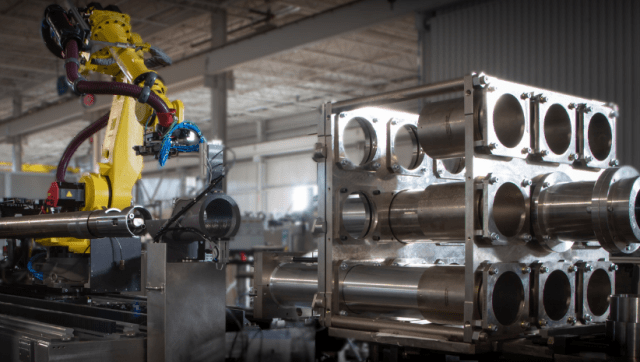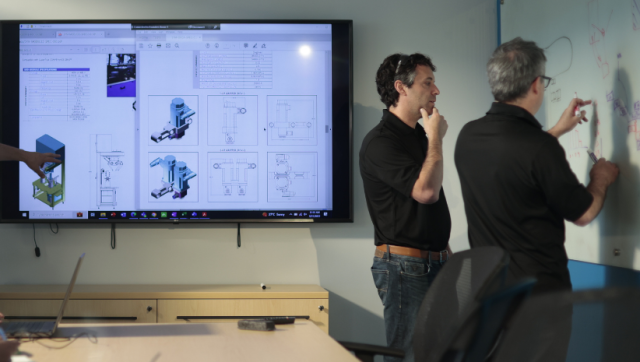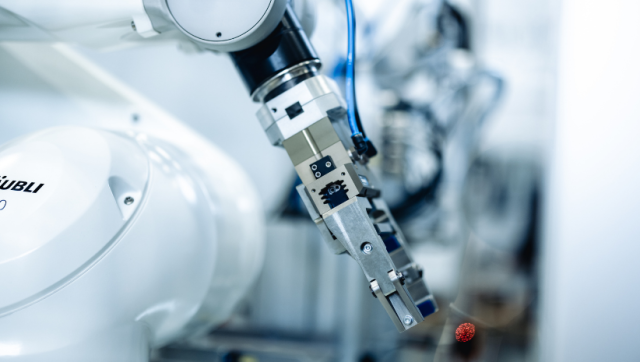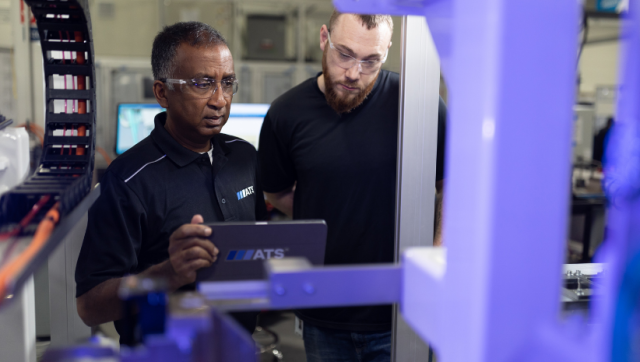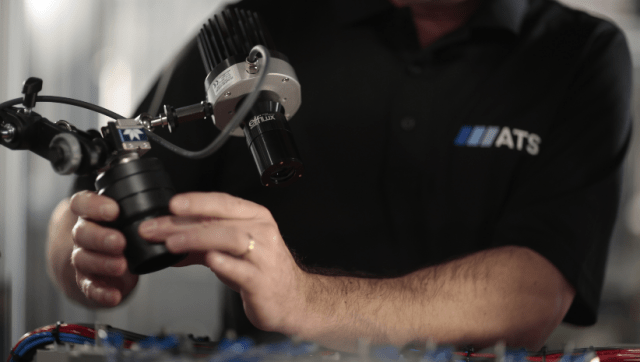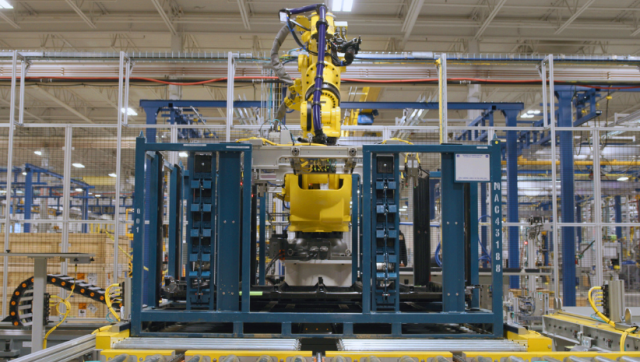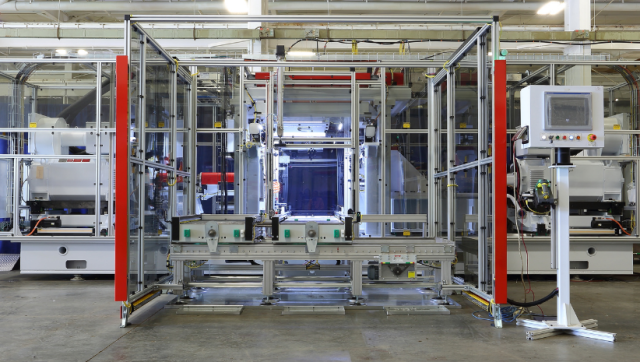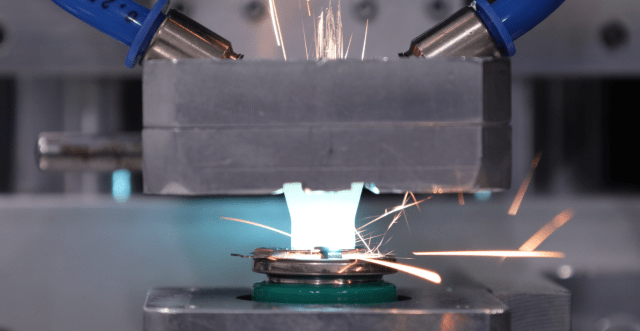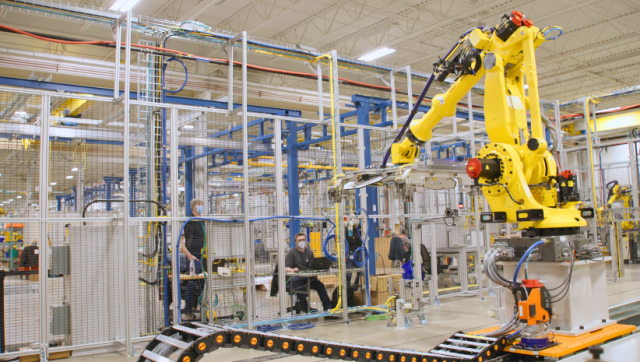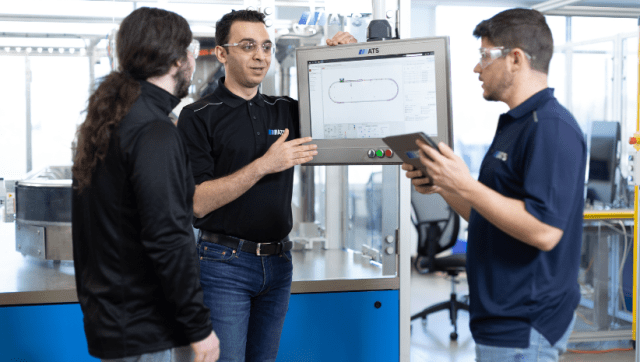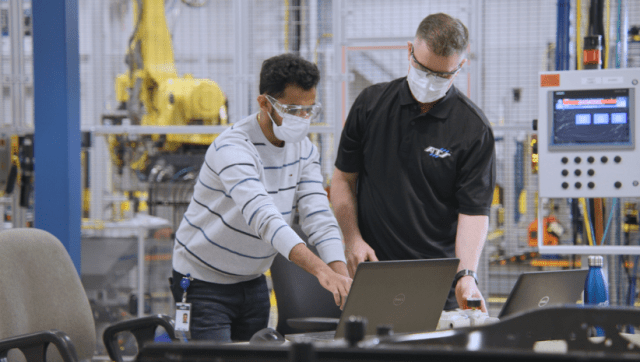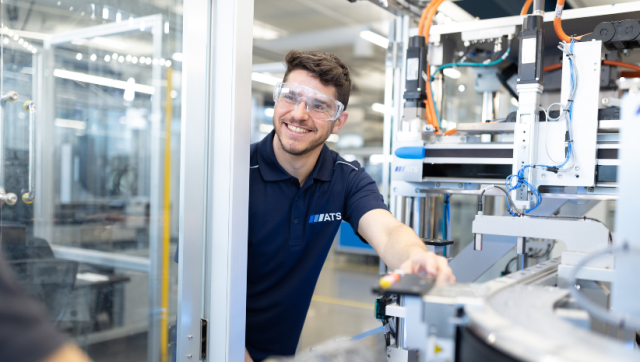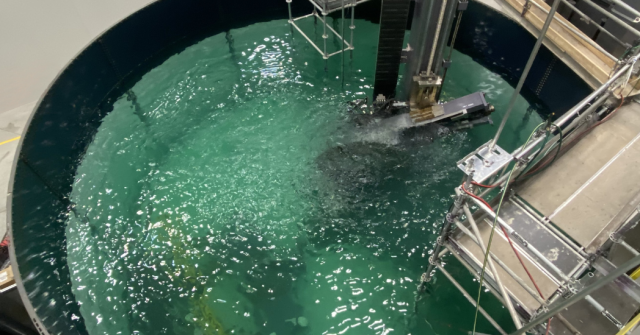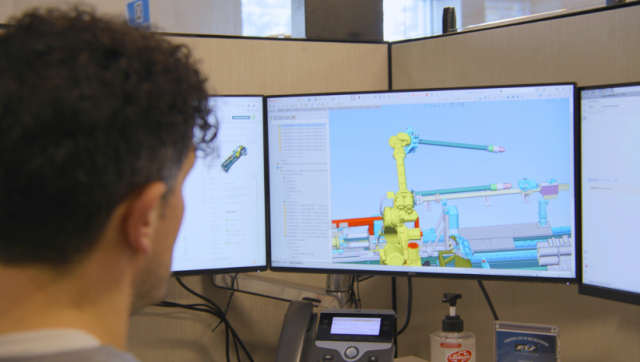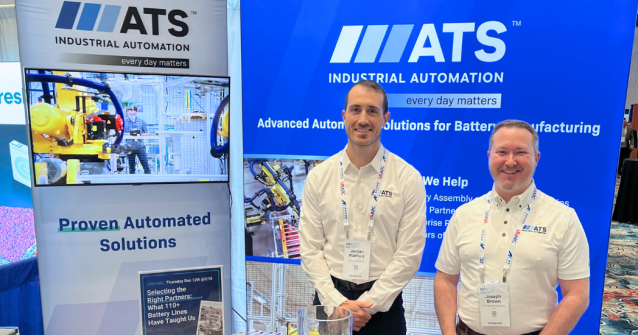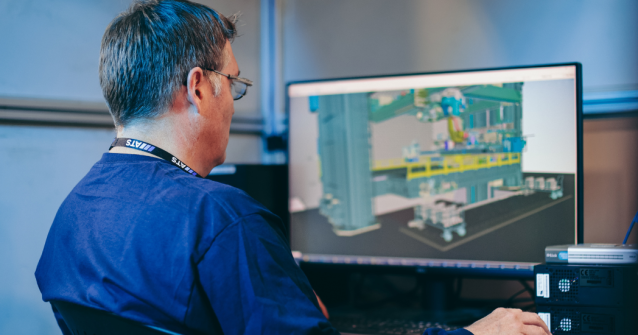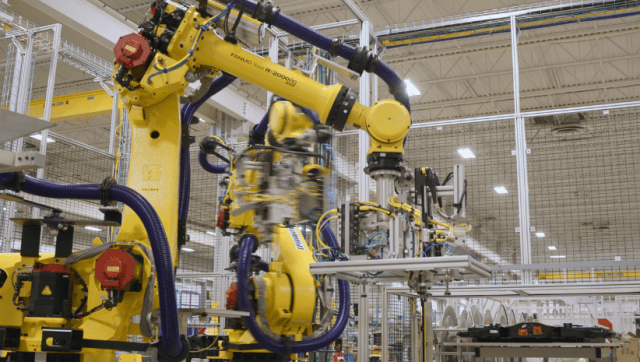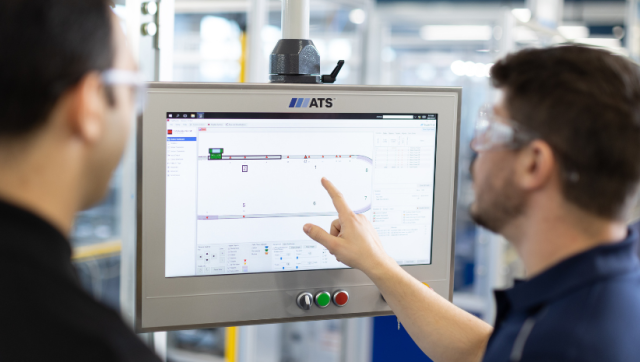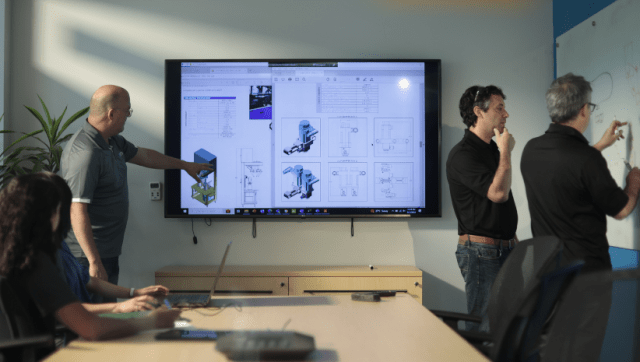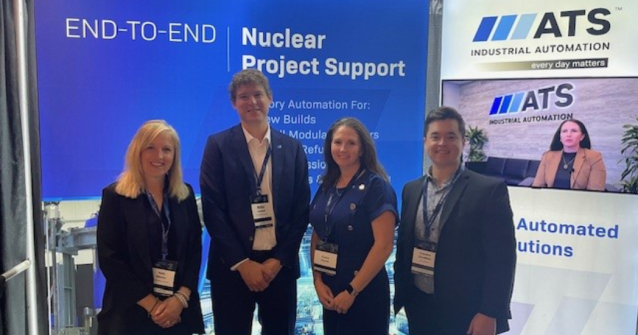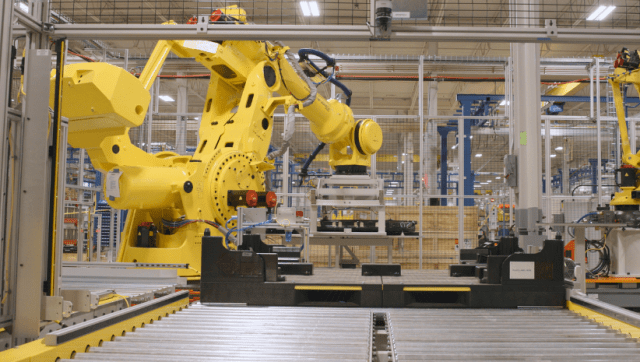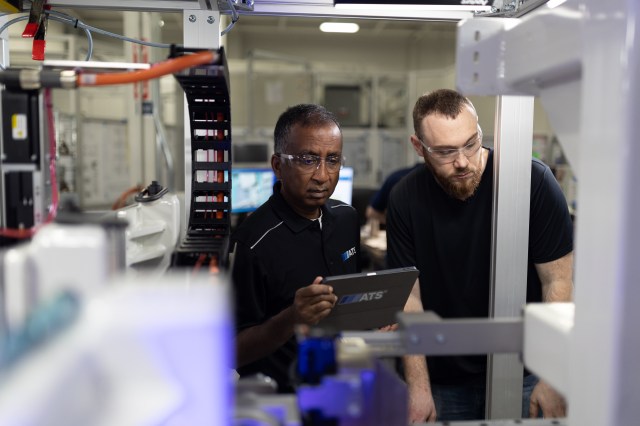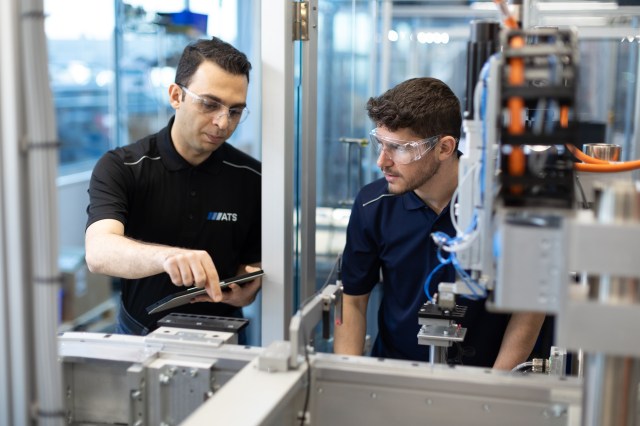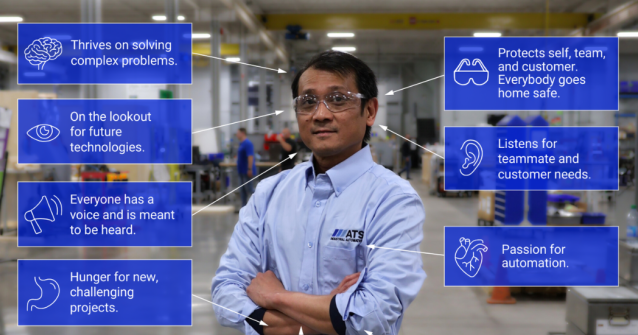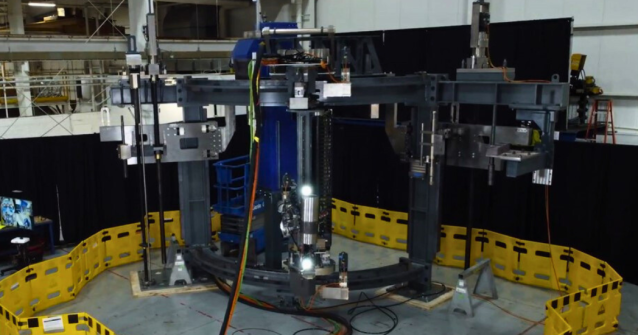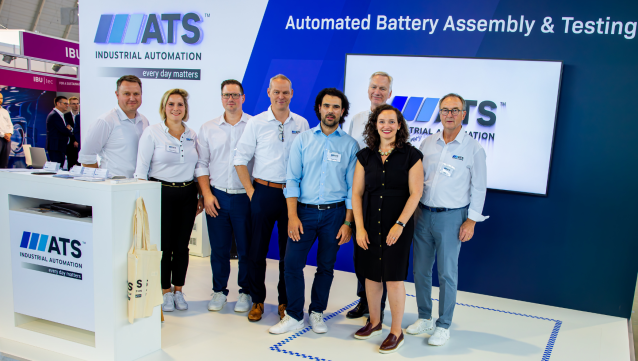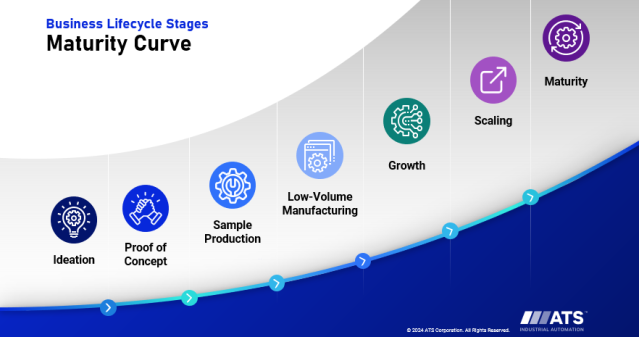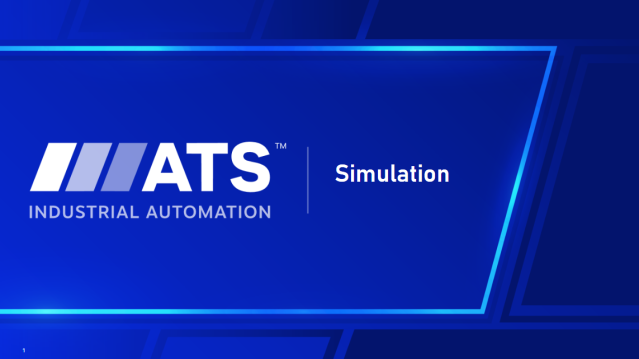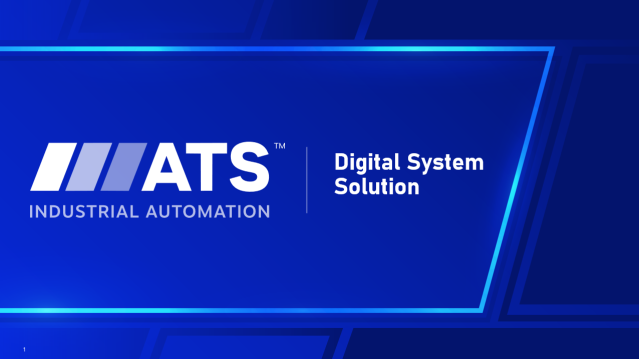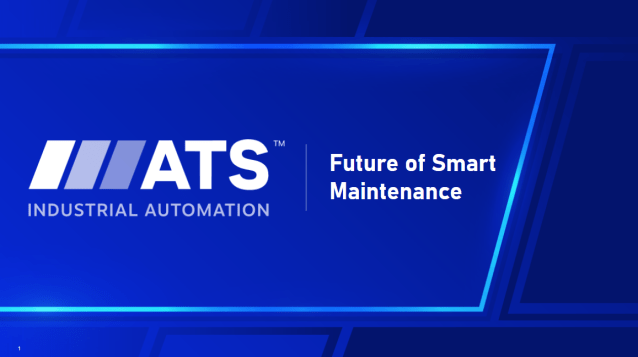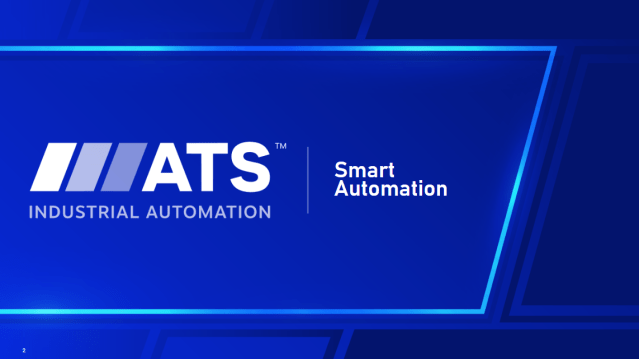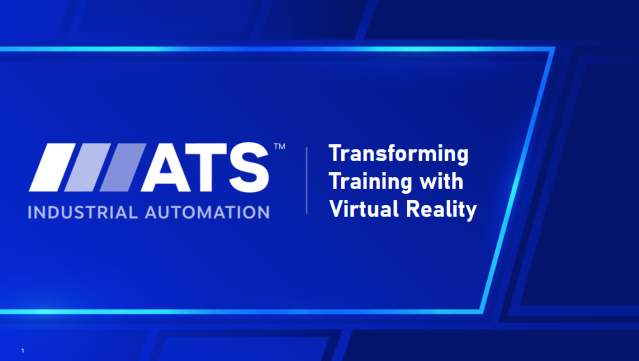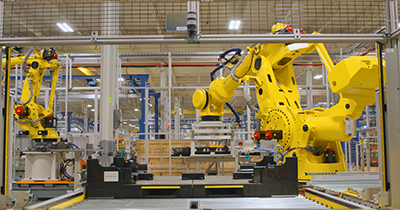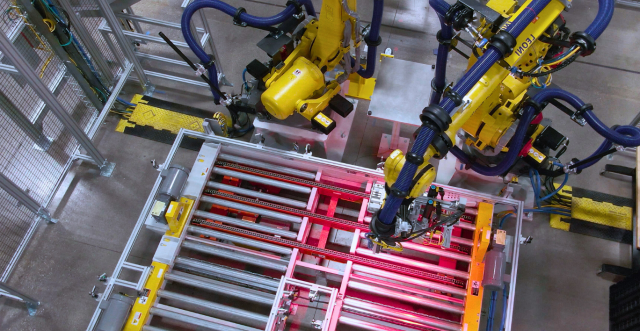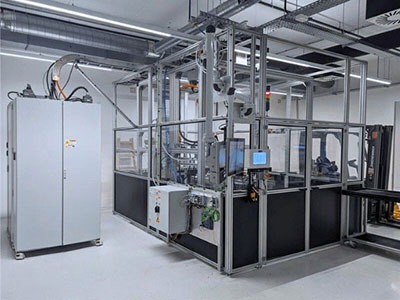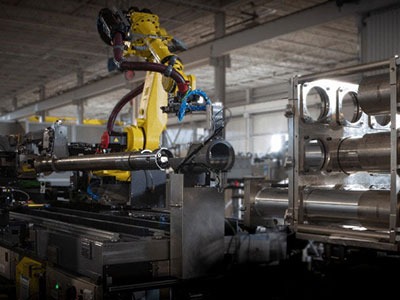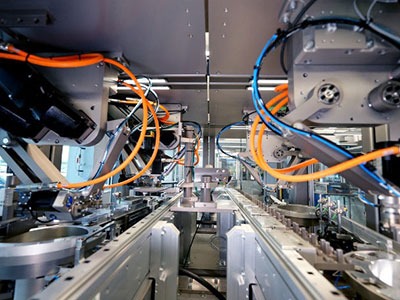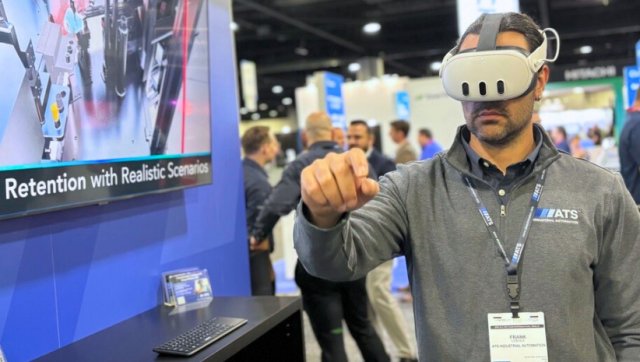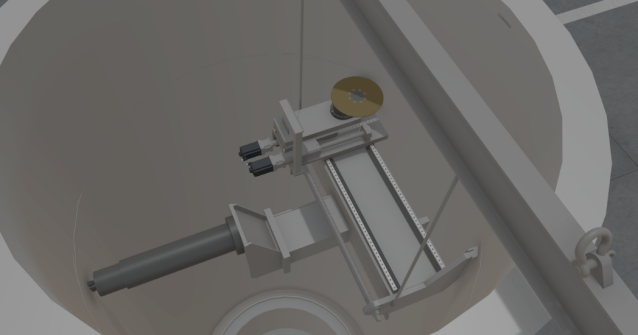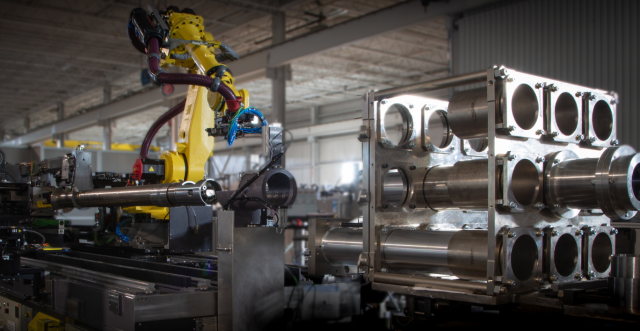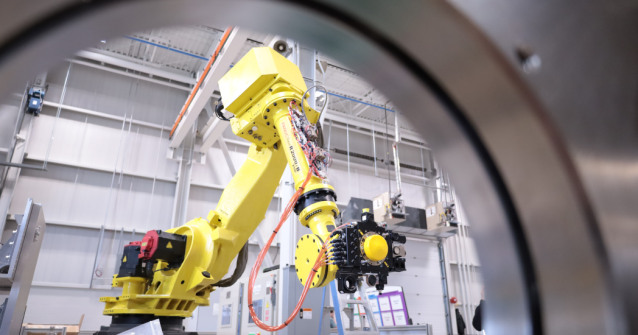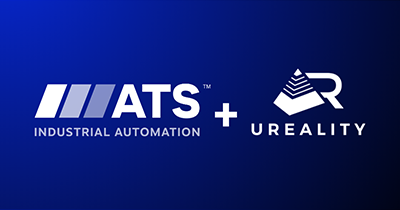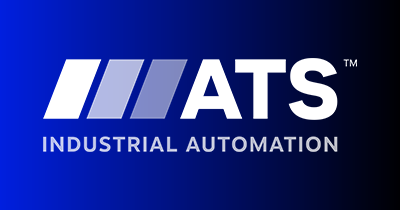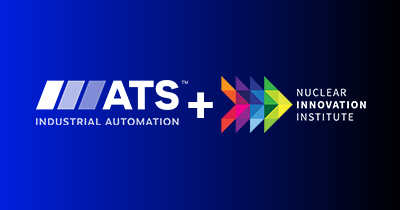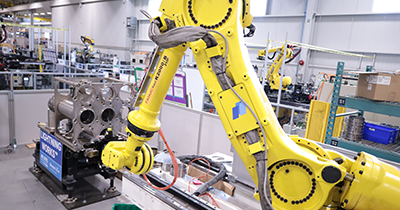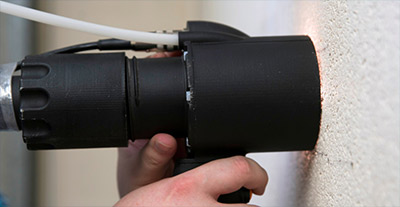Automation is transforming industries. Businesses that implement automation can reduce operational costs by up to 30%, and 80% of companies are already accelerating their process automation initiatives. This shift boosts efficiency and frees up staff to focus on strategic or creative tasks, driving innovation and growth for original equipment manufacturers (OEMs) across industries.
By integrating advanced technologies such as robotics and artificial intelligence (AI), companies can streamline their processes, reduce errors, and significantly cut costs. Careful planning and resource allocation are key to successful implementation. Automation is not about replacing human effort but enhancing it—empowering teams to achieve more. It is the catalyst that drives manufacturing businesses toward growth, allowing them to stay competitive in an ever-changing market.
Understanding the Basics of Automation
Manufacturing leaders that want to streamline operations and enhance productivity must understand the foundation of industrial automation before getting started. This involves closely collaborating with an automation provider to analyze the product’s features, delivery method, and assembly process. The goal is to identify whether the product can be automated — focusing on stability, well-defined features, and the ability to be gripped and fixtured repeatedly.
Manufacturers that want to grow must have a product that can be assembled with automation. Products that are stable and have consistent features are easier to automate, while products with high variability or unique characteristics can make automation more challenging. Manufacturing leaders who want to scale a product must design with automation in mind to ensure automation technologies can be successfully implemented.
Building a Business Case for Automation
It’s critical for manufacturing leaders to demonstrate the feasibility of automation within their organization. Building a business case involves a detailed analysis of the potential benefits, costs, and risks associated with applying automation. The team needs to gather data on current processes, identify areas automation can improve, and quantify the expected return on investment. The case serves as a compelling argument to stakeholders, showcasing how automation can improve overall productivity and save critical resources. It also provides a clear roadmap for the project, outlining necessary resources, timelines, and expected outcomes.
It’s equally important to engage automation suppliers at the initial stages of the project. This allows manufacturers to gain valuable insights into any technical requirements or potential challenges. Automation experts can offer guidance on best practices, technologies, and solutions that address the manufacturing organization’s specific needs. What’s more, these early interactions help align project goals with the automation systems’ capabilities, ensuring a smoother integration process. By involving providers from the start, the team can make informed decisions, mitigate potential risks, and set realistic expectations.
Key Considerations for Automation
Products with high variability or specific characteristics can pose challenges for automation. That’s why it’s essential for OEM leaders to evaluate what features ensure the product is suitable for automation. Products that are stable or have consistent features are ideal candidates for automation, allowing for repeatable gripping and fixturing. This means that a robot or machine gripper can handle the product consistently and accurately, which is fundamental to successful automation. For example, parallel or round features can keep the product positioned correctly for subsequent assembly steps and maintaining the desired build tolerances and quality standards.
This consistency is critical to achieving the efficiency and reliability that automation offers.
Addressing Differences in Automation Projects
A successful automation project is rooted in understanding the different levels of uniqueness that can arise, as well as developing strategies to handle them. Automation projects often encounter two primary levels of uniqueness. The first involves components that are not commercially available, such as custom gripper fingers designed for specific applications. These components require special attention during the design, coding, building, and testing phases to confirm they work within the project’s specific requirements. The second level pertains to minor variations in standard components, which require customization to fit project needs.
Engaging in early discussions with an automation expert is crucial to handling these specific challenges with automation. An experienced provider can help the OEM identify potential technical challenges and develop tailored solutions that address the project’s specific requirements. Automation experts can also advise the manufacturer on how to maintain flexibility in the design and implementation phases, which allows for adjustments as they discover new aspects or potential challenges. By leveraging the expertise of automation providers, the OEM can effectively manage each step of the project.
Effective Resource Allocation
Effectively managing resources is another pivotal step in adding automation to a floorspace. Before making important decisions, OEM leaders must have continuous discussions to ensure stakeholders are aligned and the project progresses smoothly. These discussions help identify necessary resources, set realistic timelines, and mitigate operational risks. Collaborating with the automation provider throughout the project also supports operators so they can promptly address issues or make adjustments to keep the project on track.
Another crucial component is setting up a dedicated team to implement automation. The team should include individuals with diverse areas of expertise, such as mechanical, controls, and process engineers. The group should also include a maintenance technician to confirm the equipment runs smoothly and a controls expert to handle technical aspects of the system. Meanwhile, a project manager can oversee the entire process and coordinate between departments. For manufacturing organizations new to automation, it may be helpful to outsource specific roles to subject matter experts or automation suppliers. This approach ensures the team has the necessary skills and knowledge to tackle the project’s unique challenges and reach goals.
Careful planning is critical for successfully implementing automation. A well-thought-out plan should consider all aspects of the project, from initial design to final deployment. Allocating the right resources, including skilled personnel and appropriate technology, helps address potential challenges and achieve the desired outcomes. By investing time and effort in the planning phase, manufacturing organizations can avoid costly mistakes and ensure a smoother implementation process.
For more in-depth insights on automation, listen to the full episode of the Enabling Automation podcast.
Every project is unique. Allow us to listen to your challenges and share how automation can launch your project on time.

Adam Pringle
General Manager – Canada
ATS Industrial Automation
Adam has helped companies across numerous industries to automate and optimize production for over 20 years. Adam’s extensive experience in the automation industry has equipped him with the skills to manage complex projects and deliver innovative products on time and within budget.





